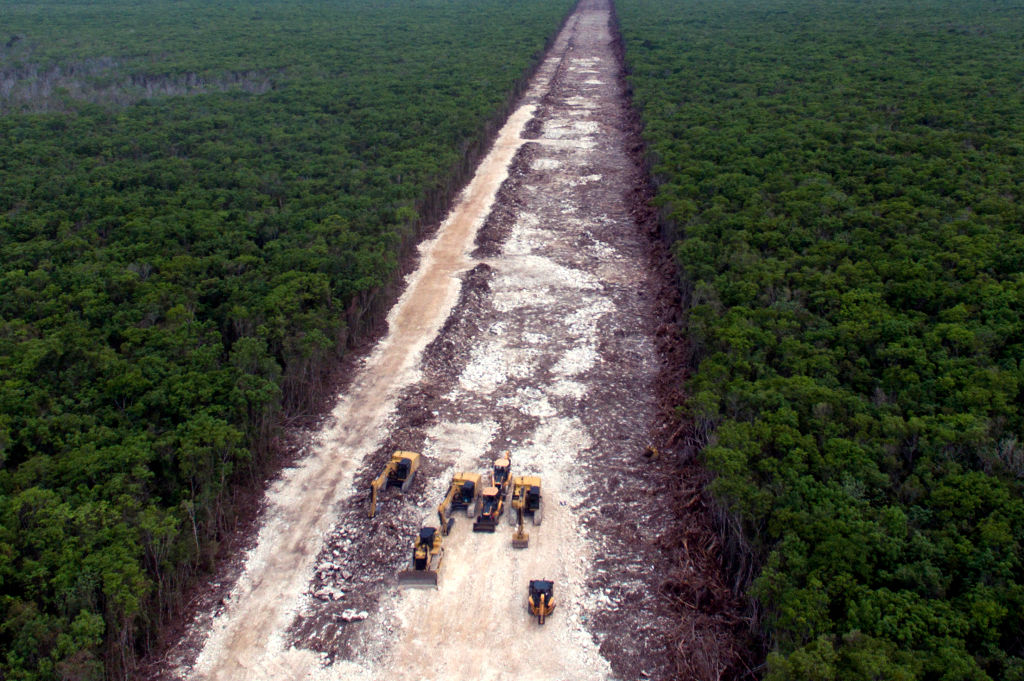The Mexican Government has stated that there’s no damage or theft of archaeological heritage during the Maya Train construction, a significant rail initiative connecting five states over 1,500 kilometers in the southeast.
The National Institute of Anthropology and History (INAH) announced that Mexico’s archaeological practices are well-regulated with established academic and legal procedures.
Thus, any claims of heritage damage in the said project, aimed at preserving archaeological memory, are unfounded.
The INAH emphasized that archaeological salvage allows researchers to uncover hidden information.

Even though these activities stem from public or private projects, their primary aim remains academic.
Such efforts have saved monumental assets like the Huei Tzompantli from Tenochtitlán’s Main Temple, the Mammoths in Tultepec, and notable buildings like the Pino Suárez altar.
Moreover, the INAH mentioned the adoption of modern technologies, enabling real-time documentation of newly discovered archaeological monuments during rail construction.
This technological advancement ensures timely updates on research progress.
While the scale of the Maya Train project presents challenges, both INAH and Mexico’s Archaeology Council remain committed to safeguarding the nation’s archaeological assets.
Given Mexico’s rich pre-Hispanic cultural remnants, laws anticipate archaeological salvage, entrusting these tasks to INAH.

